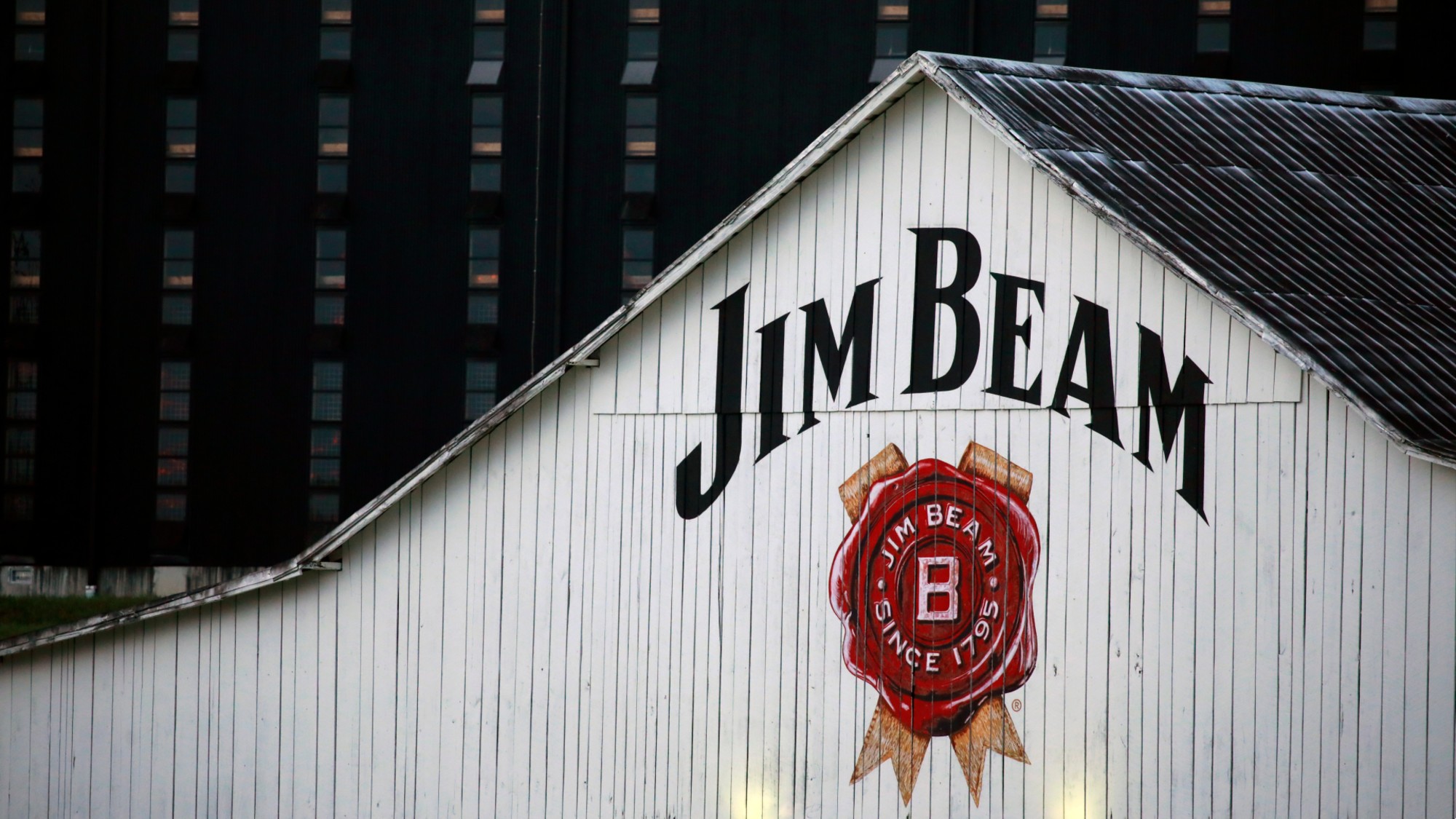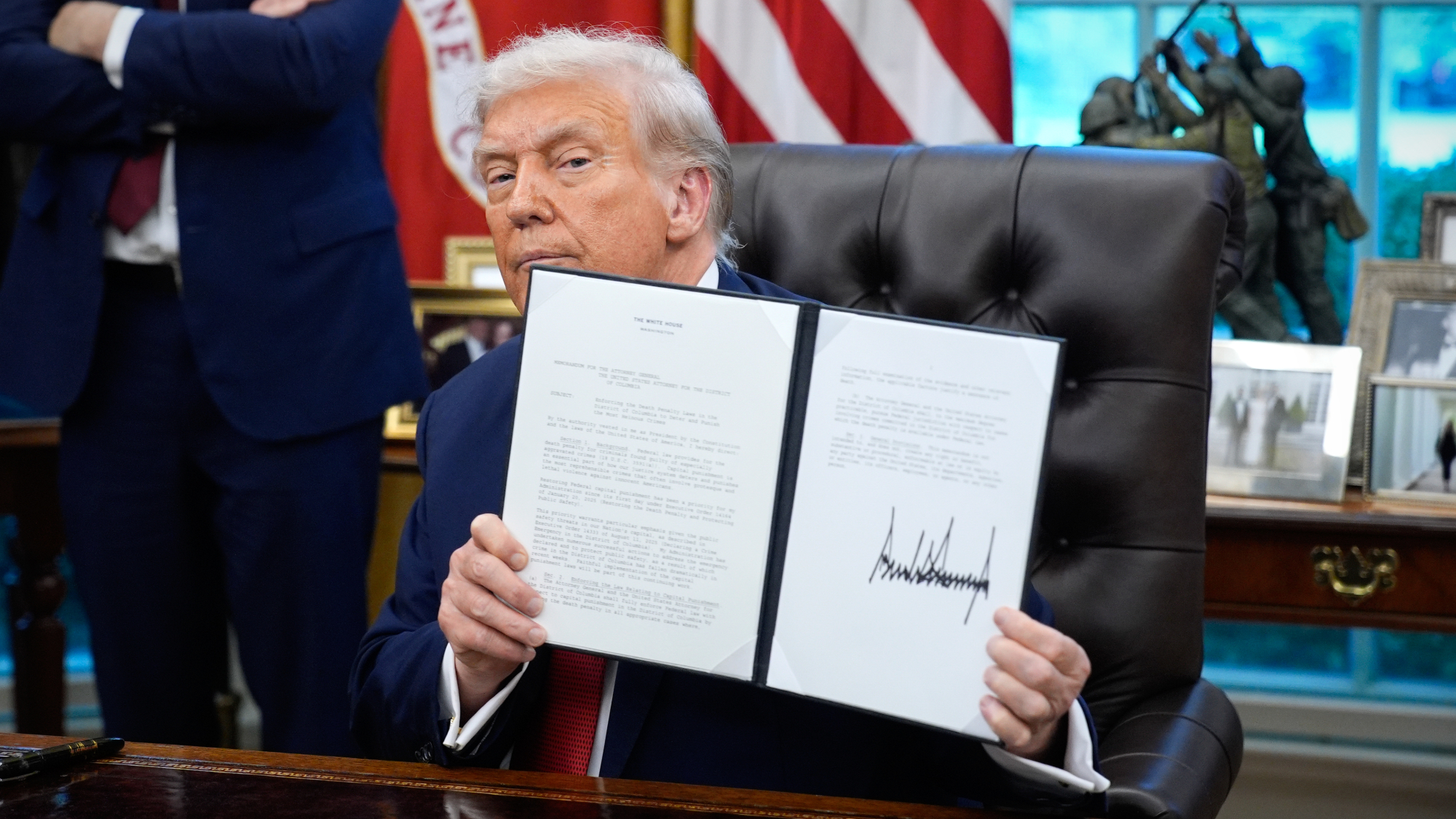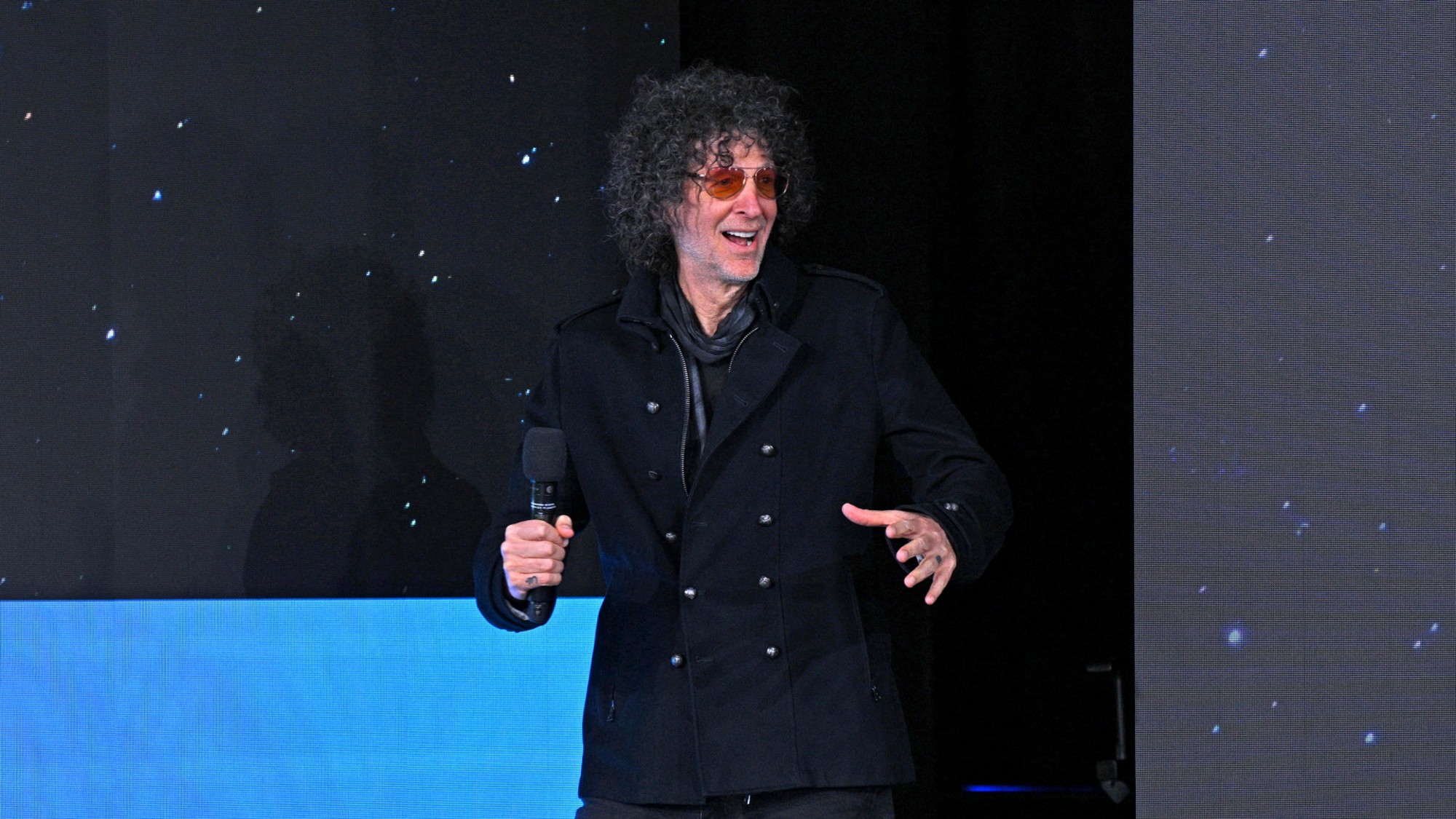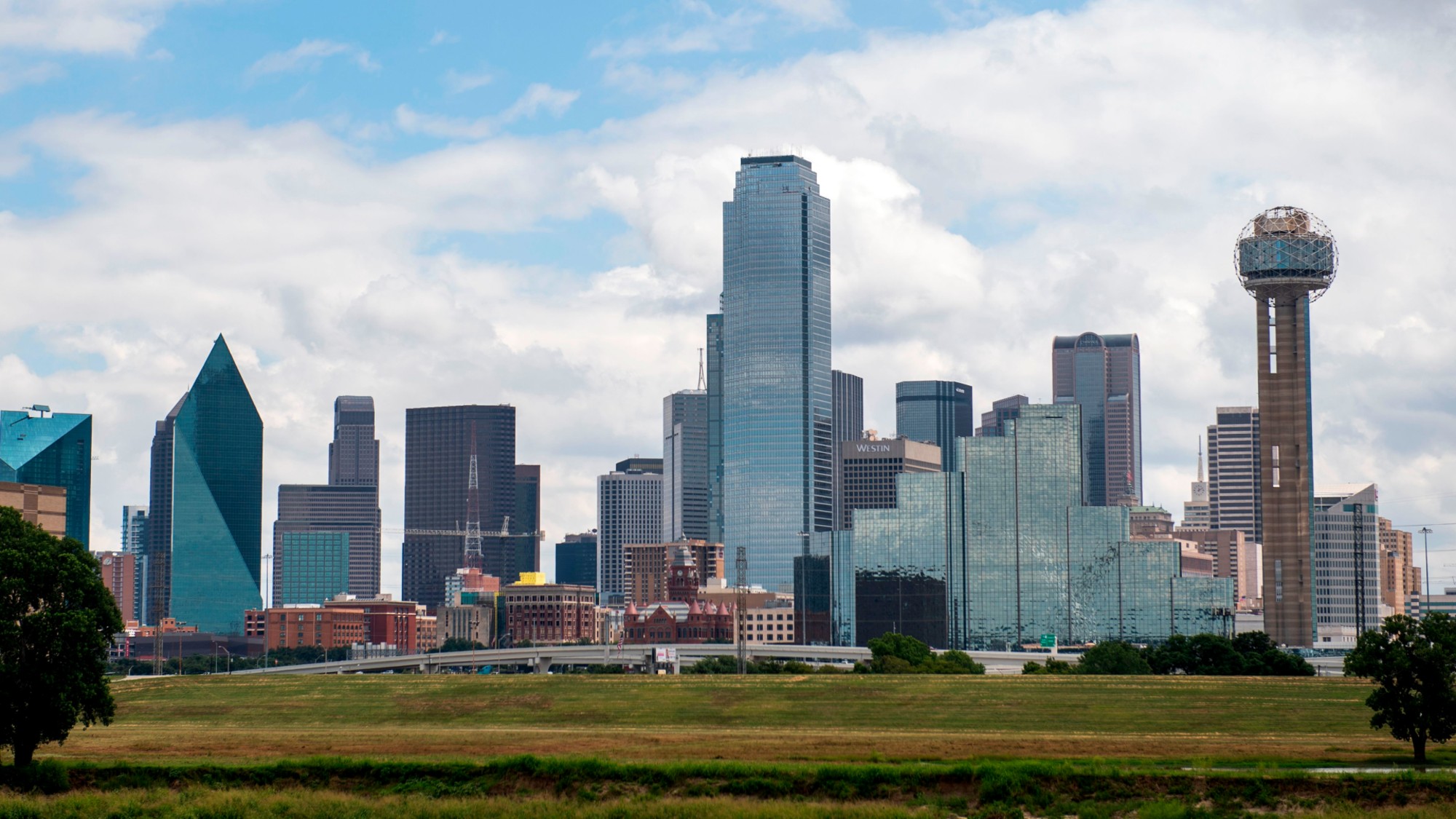How long can consumers keep the economy humming?
Consumers boosted growth, defying recession warnings. The question is whether 2024 will be different.


Strong economic data is continuing to pile up, thanks largely to consumers who have spent heavily and helped defy months of warnings that the United States was heading for a recession. The Commerce Department reported Thursday that the economy grew by 3.1% in the past year, up from less than 1% in 2022 and far better than the 2% expansion economists had been expecting. The pace slowed from an annualized rate of 4.9% in the summer to a still healthy 3.3% in the fourth quarter, confirming that the economy remained remarkably resilient, The New York Times noted, despite aggressive Federal Reserve interest rate hikes intended to bring down inflation by slowing the economy.
Adding to last week's good news, the Commerce Department revealed Friday that its measure of consumer prices — the Federal Reserve's preferred inflation indicator — rose 0.2% in December from November, putting it up just 2.6% in the past year. In the last six months of the year, Bloomberg reported, prices rose at about a 2% annual rate, roughly hitting the Fed's inflation target — at least for that period — after a rapid plunge from the 7.1% year-over-year rate recorded in June 2022.
Cooling inflation provided relief to American households long gripped in a so-called vibecession, with consumer confidence in the dumps despite promising economic data. Personal spending — America's main growth engine — rose 2.8%, with business investment and housing helping to boost growth. The economists who made the gloomy predictions figured that rising interest rates and high prices would force consumers to cut back. "The consumer was meant to roll over — and they didn't," James Knightley, the chief international economist at ING, told The Wall Street Journal. The question now is: How long can shoppers keep it up?
The Week
Escape your echo chamber. Get the facts behind the news, plus analysis from multiple perspectives.

Sign up for The Week's Free Newsletters
From our morning news briefing to a weekly Good News Newsletter, get the best of The Week delivered directly to your inbox.
From our morning news briefing to a weekly Good News Newsletter, get the best of The Week delivered directly to your inbox.
Consumers brought the economy in for a 'soft landing'
"Call it the Teflon economy," wrote Victoria Cavaliere and Ian Fisher at Bloomberg. Despite "gloomily incorrect predictions," the U.S. economy has just "added about a South Korea's worth of GDP to the world." The Fed's aggressive push to raise borrowing costs brought down inflation faster than the central bank "(and certainly Wall Street economists) anticipated." As "a sturdy job market" and higher real wages "kept powering consumer spending," the dreaded downturn never materialized. And now "even stubborn consumer sentiment is turning sunnier," which could signal Americans will keep buying.
Consumers spent heavily on all kinds of things, said Melvin Backman at Quartz. "Fun stuff like dining out (up 19.5%). Also not-so-fun stuff like health care (21.8%)." They're not putting away much for a rainy day — "the savings rate remains dismal at 4%." That suggests that they're going right out and spending any wage gains that aren't going toward paying down overdue credit card bills. That's not especially prudent. "But hey, the economy needs that money now, while we're still fighting fears of a recession."
Shoppers could run out of steam in 2024
Many economists are convinced "something has to give this year," said Paul Davidson in USA Today. Big-spending households dipped deeper into a "robust but declining cache of pandemic-related savings," and we're in for a likely "pullback" as that "burst of post-pandemic consumption runs dry." High borrowing costs and still-high prices also could start to "take a bigger toll." Low- and middle-income households have already "depleted their pandemic reserves and rung up record credit card debt," with delinquencies rising to a 13-year high. Consumers can't keep spending when their bank accounts and credit both run out.
Another problem is that states and localities, whose payrolls and projects helped the economy defy gravity, are "blowing through federal pandemic and infrastructure money," reported The Wall Street Journal editorial board. "Over the last two years, state and local government spending has contributed more than twice as much to GDP than from 2017 to 2021." That "increased government spending is partly compensating" for slower business investment. "Research and development spending has been essentially flat for 18 months" despite the Biden administration's "gusher of subsidies." One reason could be "the administration's regulatory avalanche," which is "magnifying the business uncertainty from Fed tightening and growing geopolitical risks." It's not clear how long businesses can withstand this "regulatory fusillade. President Biden has a growing economy, but can he keep it?"
A free daily email with the biggest news stories of the day – and the best features from TheWeek.com
Harold Maass is a contributing editor at The Week. He has been writing for The Week since the 2001 debut of the U.S. print edition and served as editor of TheWeek.com when it launched in 2008. Harold started his career as a newspaper reporter in South Florida and Haiti. He has previously worked for a variety of news outlets, including The Miami Herald, ABC News and Fox News, and for several years wrote a daily roundup of financial news for The Week and Yahoo Finance.
-
 Tariffs have American whiskey distillers on the rocks
Tariffs have American whiskey distillers on the rocksIn the Spotlight Jim Beam is the latest brand to feel the pain
-
 TikTok secures deal to remain in US
TikTok secures deal to remain in USSpeed Read ByteDance will form a US version of the popular video-sharing platform
-
 SiriusXM hopes a new Howard Stern deal can turn its fortunes around
SiriusXM hopes a new Howard Stern deal can turn its fortunes aroundThe Explainer The company has been steadily losing subscribers
-
 The longevity economy booms as people live longer
The longevity economy booms as people live longerThe Explainer The sector is projected to reach $27 trillion by 2030
-
 How will China’s $1 trillion trade surplus change the world economy?
How will China’s $1 trillion trade surplus change the world economy?Today’s Big Question Europe may impose its own tariffs
-
 How will the Warner Bros. bidding war affect the entertainment industry?
How will the Warner Bros. bidding war affect the entertainment industry?Today’s Big Question Both Netflix and Paramount are trying to purchase the company
-
 Texas is trying to become America’s next financial hub
Texas is trying to become America’s next financial hubIn the Spotlight The Lone Star State could soon have three major stock exchanges
-
 Employees are branching out rather than moving up with career minimalism
Employees are branching out rather than moving up with career minimalismThe explainer From career ladder to lily pad


